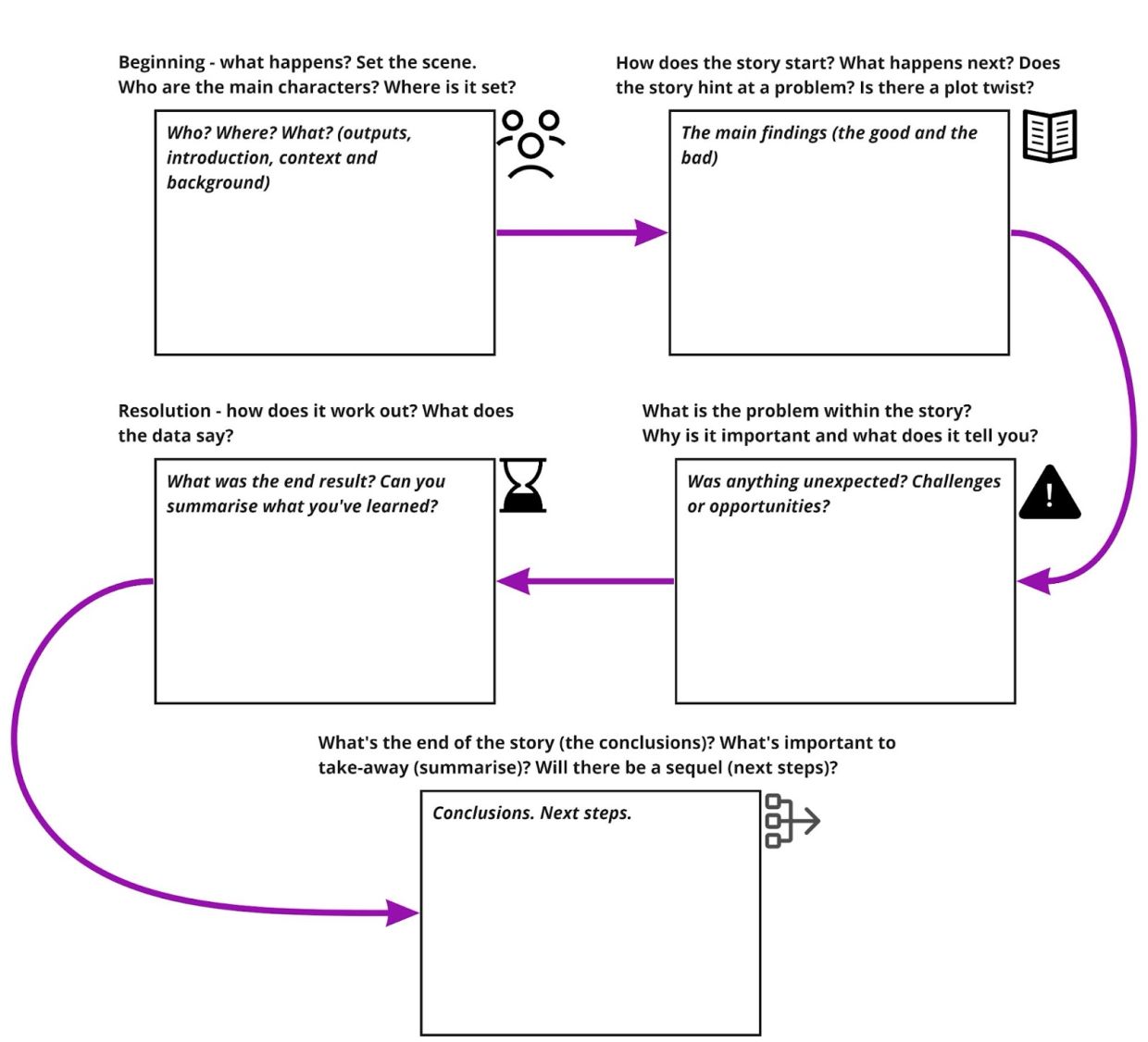What about the visualisation?
Graphs and visuals make it easier to absorb information quickly and make your impact story even more impactful. Data visualisation can be off-putting if you haven’t done it before. But you don’t need to be an expert to present your data in a clear and accessible way. Phase three shares tips, tools and examples of great data visualisation, ranging from mapping to infographics to timelines.
What do I do with my narrative?
The narrative can guide much more than just your executive summary or conclusions. You can also use this to shape your whole report and influence your dissemination plan and communications. It is likely to shape how you and your organisation use your findings, too. It is important that you use the findings to inspire action.
Where does Phase four begin?
Phase four is devoted to evaluating your impact assessment approach. It first sets out methodologies that help you evaluate and improve your approach to impact assessment, and then sets out ways to embed impact more strongly in your organisation. You and your colleagues can begin while everything is still fresh in your head or after you’ve had some time to reflect.
Why do I need to evaluate? I’ve just completed an impact assessment, after all…
Evaluating should be at the end of every project cycle. This is good practice. It helps you to design activities that better meet your stakeholders needs and help you fulfil your mission, build impact thinking into your organisation’s processes, and help us bring the sector closer to our vision of having a common method and language for talking about the impact of digital cultural heritage.
What am I meant to evaluate?
You can evaluate any part of your impact assessment approach. This could be Phase one and your impact design approach - was your change pathway fit for purpose? Did you really know about your stakeholders’ needs? What about Phase two - did you collect the data you needed, and what were the biggest challenges with analysis? In Phase three, did you really harness opportunities to share your impact story and learn from the findings? What can you improve for next time and how?
How do I evaluate?
Evaluation is different from impact assessment in that you’re not assessing the impact that your impact assessment had, but rather, the effectiveness of the approach. We set out three methodologies for this. They range from a light-touch method of conducting a debrief (like in the scrum approach), to surveying your colleagues, to a more in-depth method of using Team-Based Inquiry to collectively learn and improve. It’s also an opportunity to reflect on a much bigger question: are we having the greatest possible impact, and if not, what can we do about it?
How do I find out more?
The Impact Playbook is now online for you to use in your work.



